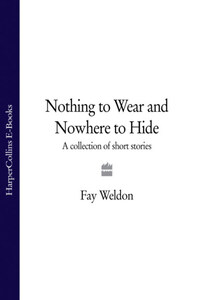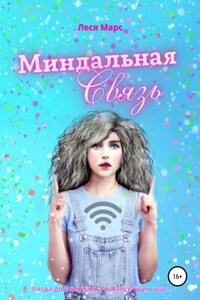Cats have souls. You know they do, because of the way they haunt houses. For a time after a cat dies you see movements out of the corner of your eye. A flash of a tail disappearing round the door, a kind of shifting blur under the table where it used to eat, yet when it was alive you got the feeling it didn’t really care for you one bit, it wouldn’t acknowledge you at all. I’ve known cats hang around the living for years, and a canary once – but that’s another story. Dogs don’t normally haunt: when they’re dead they lie down: their graves are quiet. They’re such bundles of emotion in life, they’ve none left over in death. The effort of communicating without words for a lifetime has altogether exhausted their spirit. Enough of that, they tend to say, that’s enough, I’ve failed, I’m off, sorry and all that but goodbye. Finish.
This is the story of Galway, our yellow Labrador, who did stay around. I don’t know if he exactly had a soul or not, but his spirit certainly outran his death. He was a sturdy, grave animal, affectionate but somehow distant, slightly disdainful, as if Olive the cat had had rather too much influence on his growing years. Olive, golden-eyed and silky black, would box his ears when he was a puppy and misbehaving, a quick one-two with either paw, and then Galway would remember his canine nature and chase her up the apple tree outside the back door, and she would sit there and sneer down at him, and he would sit and gaze up at her with doleful, rather envious eyes, as if he wanted to be like that, to be able to impose swift and just retribution, and then leap up a branch and be superior. We lived in the country then, on a smallholding: those were the good days.
In the winters Olive would sleep leaning up against Galway in his basket in the utility room and once in the morning I found my two-year-old in there as well, all three lying in a warm sleeping breathing heap, Galway, Olive and Mark. I was too exhausted to worry about parasites, or fleas, I was just grateful for a happy, sleeping child. His younger twin sisters were only six months old: if the animals would give a hand so much the better.
We had four Soay sheep in the field; what gluttons for punishment we were. Soays are a rare breed, accustomed to hardship: they have long stringy legs, they startle like deer, for which they are sometimes mistaken. Their natural habitat is the rocky Scottish coastline, their proper diet is seaweed and scrub. We gave our small flock, or herd, three ewes and one ram, lush southern grass to graze, and they took it in their stride. The ewes stopped being all rib and scrag, and turned quite plump and rounded and velvet-coated, if never tranquil, and the ram’s horns grew strong, curved and proud; he learned to stamp his foot. They had an acre field to themselves, with a gate that led from our vegetable garden, and even a high point to stand on, in place of a cliff, for all it was only a grassy hump: an old burial mound, it was said. But they were always nervous of us, though we were their benefactors. We’d take them out their sheep nuts and fill their trough with water every morning and they’d dart away and stand at a distance, on their mound, staring, ready to bolt. The ram would place himself in front of his two wives and his old mother, and lower his curly horns and do a bit of stamping. But as with so many animals, they went through their rituals of flight, defence, attack, more for form’s sake than out of any urgency. I never thought they took us really seriously.
And when one night unexpectedly the youngest ewe gave birth to twin lambs they were there waiting for us in the morning, the four of them, proud and pleased to show us what they’d done, waiting for our acknowledgement, our oohs and aahs, before affecting to be terrified and leaping off to their mound to view us askance, the two curious, skinny-legged lambs, born ready for flight, tottering up the slope, legs tangling, following after.
The sheep fascinated Galway: he’d wriggle under the gate and lie just the other side of it watching them, while they ignored him—rather insultingly, I thought—grazing right up to inches from his nose, in sheer defiance of his canine nature, which was, quite honestly, to chase them from here to kingdom come. You could see his ears twitching from the effort of not.
One day when I was putting the washing on the line, Mark—he must have been just over two at the time, let himself out through the gate and sat cross-legged and peaceful next to Galway, sheep watching. Olive, black and sinewy, stalked through patches of nettles—they never ate nettles—to join them.














